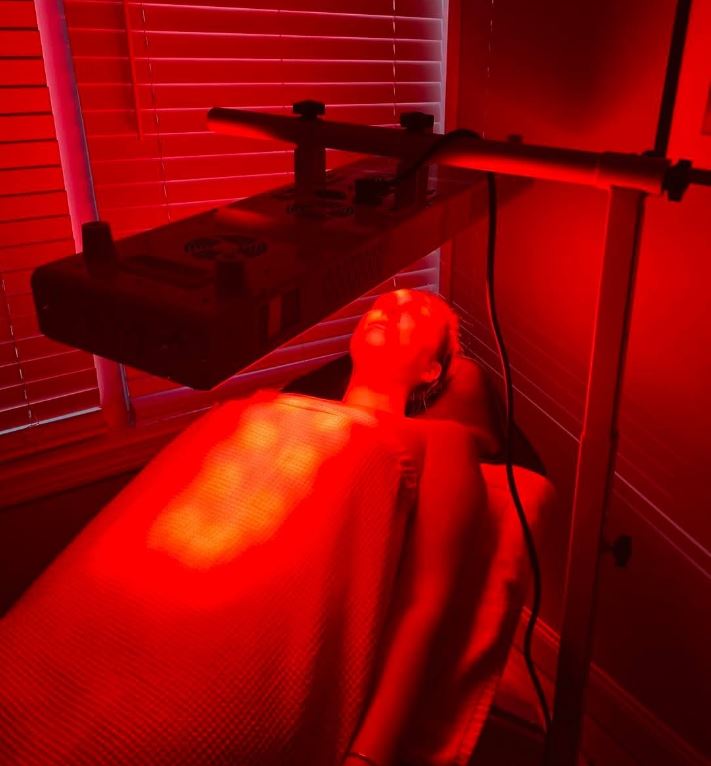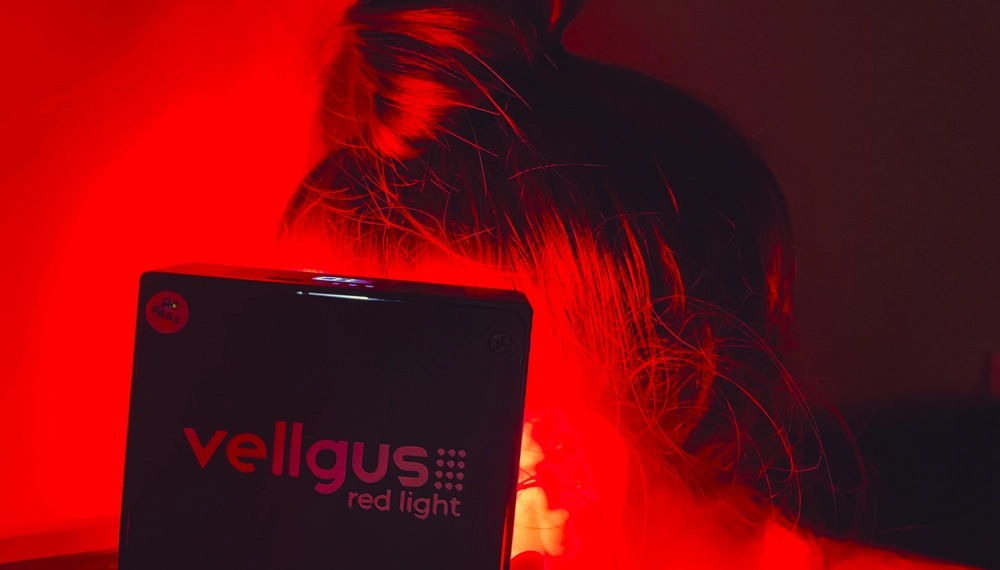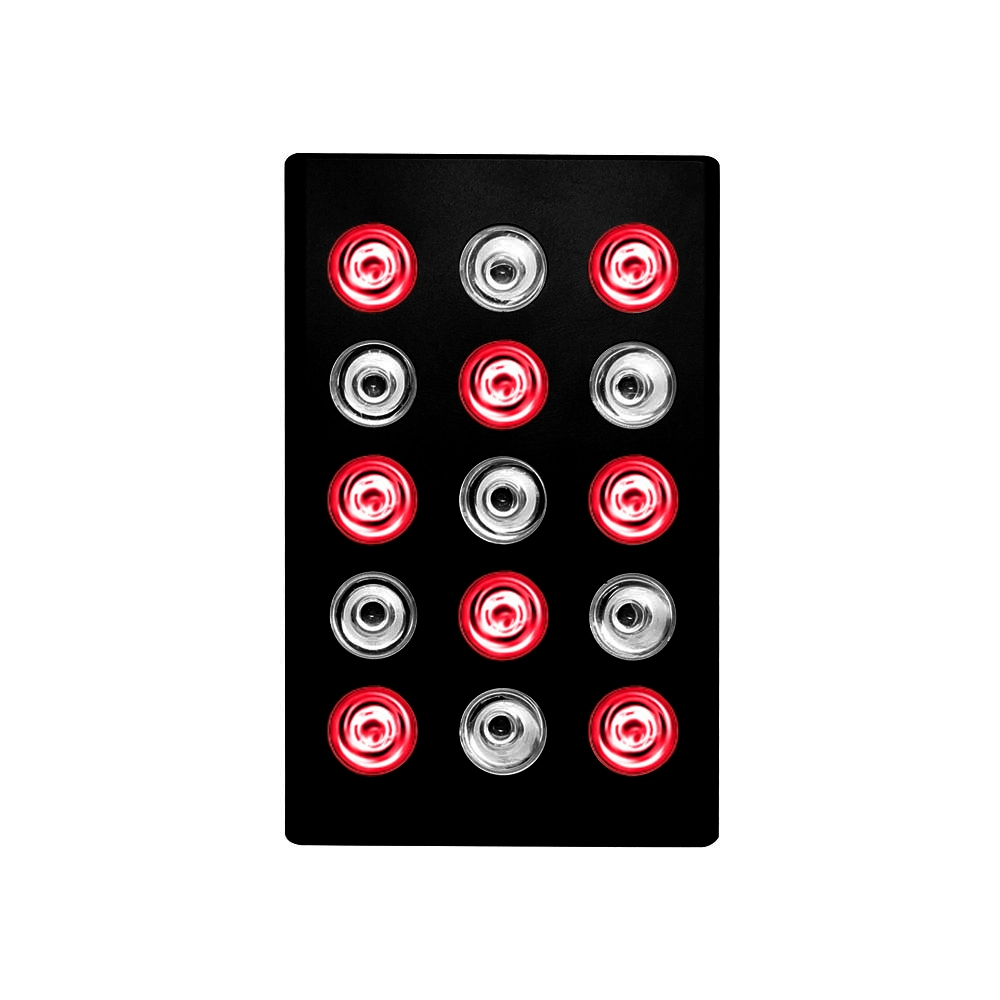![]() Free Shipping
Free Shipping ![]() Buy Now, Pay Later
Buy Now, Pay Later ![]() Eligible
Eligible
Red Light Therapy for Vitiligo: A Promising Treatment for Skin Repigmentation

Introduction
Vitiligo is a skin condition characterized by the loss of melanin, leading to white patches on the skin. While it’s not harmful physically, the emotional and psychological impact can be significant. Many people with vitiligo struggle with self-esteem and social anxiety due to the visible nature of the condition.
Traditional treatments include topical steroids, phototherapy (UVB), and even skin grafting. However, these methods can have side effects or may not work for everyone. Recently, red light therapy (RLT) has emerged as a promising, non-invasive option for vitiligo repigmentation.
But does it really work? How does it compare to other treatments? And how can you use it safely?
In this article, we’ll explore:
- What red light therapy is
- How it may help with vitiligo
- Scientific evidence supporting its use
- How to use RLT for vitiligo at home
- Potential risks and precautions
By the end, you’ll have a clear understanding of whether red light therapy could be a viable option for managing your vitiligo.
What Is Red Light Therapy?
Red light therapy (RLT), also known as low-level laser therapy (LLLT) or photobiomodulation (PBM), involves exposing the skin to low-wavelength red or near-infrared light. Unlike UV light, which can damage the skin, red light penetrates deeply without causing burns or DNA damage.
How Does It Work?
Red light therapy works by stimulating mitochondria—the energy powerhouses of cells. This process enhances cellular function, promoting:
- Collagen production (for skin repair)
- Blood circulation (for better nutrient delivery)
- Reduced inflammation (helpful in autoimmune conditions)
For vitiligo, the key benefit is its potential to reactivate melanocytes—the cells responsible for producing melanin (skin pigment).
Can Red Light Therapy Help with Vitiligo?
While research on RLT for vitiligo is still emerging, several studies suggest it may help with repigmentation.
Scientific Evidence
- A 2013 Study published in Lasers in Medical Science found that red light therapy combined with topical steroids improved repigmentation in vitiligo patients better than steroids alone.
- A 2017 Study in Photomedicine and Laser Surgery reported that near-infrared light stimulated melanocyte growth in lab settings.
- Anecdotal Reports from users show that consistent RLT use has led to gradual repigmentation in some cases.
How Does RLT Compare to UVB Phototherapy?
- UVB Therapy: The gold standard for vitiligo, but it carries risks like sunburn and long-term skin damage.
- Red Light Therapy: Safer, with no known harmful side effects. However, it may take longer to see results.
While RLT isn’t a miracle cure, it could be a gentler, complementary treatment—especially for those who can’t tolerate UVB.

How to Use Red Light Therapy for Vitiligo
If you’re considering RLT for vitiligo, here’s how to get started:
1. Choose the Right Device
- Handheld RLT devices: Good for small patches (e.g., face, hands).
- Panels or full-body beds: Better for larger areas.
- Wavelength: Look for 630-660nm (red) or 810-850nm (near-infrared) for deeper penetration.
2. Treatment Protocol
- Frequency: 3-5 sessions per week
- Duration: 5-20 minutes per session (start slow)
- Distance: 6-12 inches from the skin
- Consistency: Results may take 3-6 months
3. Combine with Other Treatments (Optional)
For better results, some people combine RLT with:
- Topical treatments (tacrolimus, steroids)
- Microneedling (to enhance light absorption)
- Antioxidants (vitamin C, E for skin health)
VELLGUS mini
THE #1 BEST HANDHELD RED LIGHT THERAPY DEVICE
VELLGUS pro
THE #1 RATED FULL BODY RED LIGHT DEVICE
Potential Risks and Precautions
Red light therapy is generally safe, but consider these precautions:
- Avoid overuse: Too much exposure may cause temporary redness.
- Eye protection: Some devices emit bright light—wear goggles if needed.
- Patch test: Try a small area first to check for sensitivity.
Unlike UV therapy, RLT doesn’t increase skin cancer risk, making it a low-risk option for long-term use.
Real-Life Success Stories
Many vitiligo patients have shared their RLT journeys online:
- Case 1: A woman with facial vitiligo saw 30% repigmentation after 4 months of daily RLT.
- Case 2: A man combined RLT with microneedling and reported faster results than UVB alone.
While results vary, these stories highlight RLT’s potential as part of a holistic vitiligo treatment plan.
Final Thoughts: Is Red Light Therapy Worth Trying?
If you’re looking for a non-invasive, pain-free, and safe vitiligo treatment, red light therapy is worth considering. While it may not work overnight, its ability to stimulate melanocytes and improve skin health makes it a promising option—especially when combined with other therapies.
📢 SPECIAL OFFER: Get FREE shipping for any VELLGUS red light therapy device!
Key Takeaways
✅ Safe & non-toxic (no UV damage)
✅ May help with repigmentation (studies show promise)
✅ Can be used at home (with FDA-cleared devices)
✅ Works best with consistency (3-6 months for results)
Have you tried red light therapy for vitiligo? Share your experience in the comments!
Ready to Give It a Try?
If you’re interested in exploring RLT, consult a dermatologist to create a personalized plan. For those who’ve struggled with traditional treatments, this could be the breakthrough you’ve been waiting for.
Stay patient, stay consistent, and keep believing in your skin’s ability to heal. 💪✨








